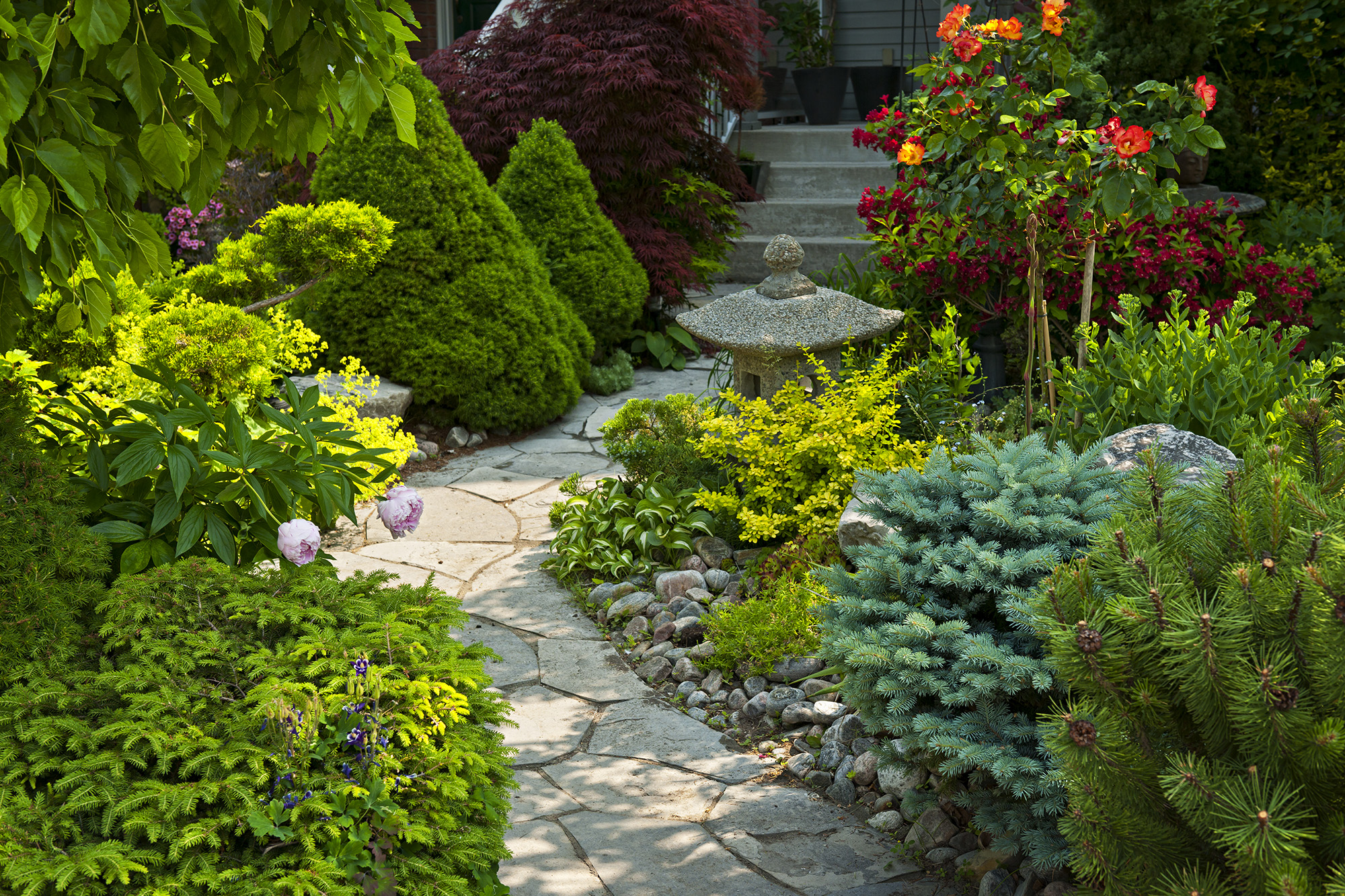Tree and Shrub Pruning

SERVICE OVERVIEW
Prune to promote plant health
- Remove dead or dying branches injured by disease, severe insect infestation, animals, storms, or other adverse mechanical damage.
- Remove branches that rub together.
- Remove branch stubs
Avoid topping trees. Removing large branches leaves stubs that can cause several health problems. It also destroys the plant’s natural shape and promotes suckering and development of weak branch structures.
Prune to maintain intended purposes for plants in a landscape:
- To encourage flower and fruit development.
- To maintain a dense hedge.
- To maintain or encourage a desired plant form or special garden forms.
Prune to improve plant appearance
Appearance in the landscape is essential to a plant’s usefulness. For most landscapes, a plant’s natural form is best.
Avoid shearing shrubs into tight geometrical forms unless they need to be confined or trained for a specific purpose. When plants are properly pruned, it’s hard to tell that they’ve been pruned.
Prune to:
- Control plant size and shape.
- Keep shrubby evergreens well-proportioned and dense.
- Remove unwanted branches, waterspouts, suckers and undesirable fruiting structures that detract from plant appearance.
Prune to protect people and property
- Remove dead branches.
- Have hazardous trees taken down.
- Prune out weak or narrow-angled tree branches that overhang homes, parking areas, sidewalks and anyplace falling limbs could injure people or damage property.
- Eliminate branches that interfere with street lights, traffic signals and overhead wires.
- Prune branches that obscure vision at intersections.
- For security purposes, prune shrubs or tree branches that obscure the entry to your home.
Please contact us for further details!
